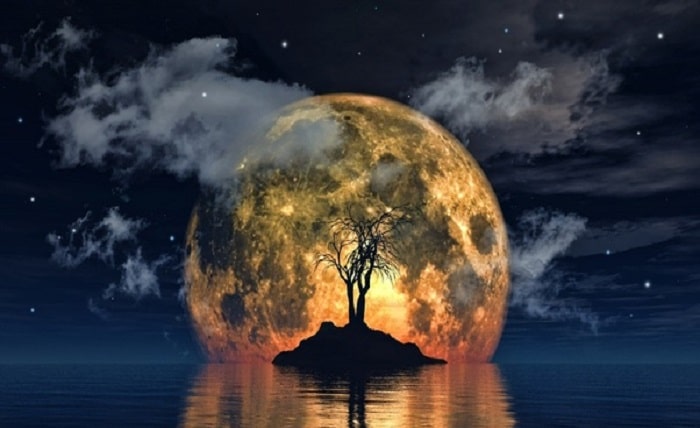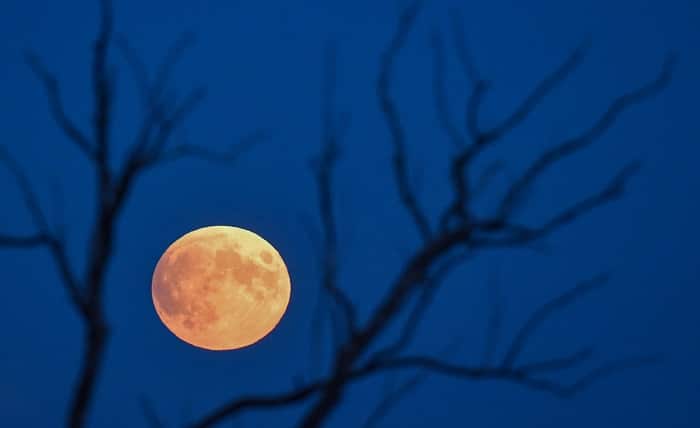The Moon is Beautiful Isn’t It? Cultural Significance and Linguistic Nuances of a Poetic Expression

Introduction:
In the realm of human expression, few phrases capture the essence of love and admiration quite like The moon is beautiful, isn’t it? This seemingly simple statement, rooted in Japanese culture, has transcended geographical and linguistic boundaries, becoming a universal expression of affection. Its enduring popularity lies not only in its poetic beauty but also in its ability to convey deep emotions in a subtle and nuanced manner.
The Moon as a Cultural Symbol:
In Japanese culture, the moon has long held a special place, often associated with love, beauty, and femininity. Its ethereal glow and ever-changing phases have inspired poets, artists, and lovers for centuries. The phrase “tsuki ga kirei desu ne,” which translates to “The moon is beautiful, isn’t it?” has been a staple in Japanese literature and conversation for centuries, serving as a delicate yet profound way to express romantic feelings.
The Phrase’s Spread and Transformation in Western Cultures
Through translations of Japanese literature and interactions between Japanese and Western travelers, the phrase “The moon is beautiful, isn’t it?” gradually found its way into Western cultures. Its poetic charm and subtle expression of affection resonated with Western audiences, leading to its adoption in movies, TV shows, and literature as a romantic cliché.
Linguistic Nuances and Cultural Implications:
The phrase “The moon is beautiful, isn’t it?” carries linguistic nuances that add depth to its meaning. The use of an indirect question, rather than a direct statement, creates a more delicate and respectful approach to expressing romantic interest. This indirectness aligns with Japanese cultural norms that emphasize politeness, restraint, and subtlety in communication.

Beyond Romance:
While the phrase is most commonly associated with romantic expressions, its applicability extends beyond love affairs. It can serve as a general expression of admiration, appreciation, and shared experiences. For instance, the phrase can be used to express appreciation for a friend’s company, a breathtaking natural spectacle, or a moment of shared tranquility.
Conclusion:
The phrase “The moon is beautiful, isn’t it?” stands as a testament to the enduring power of language to transcend cultures and connect hearts. Its journey from its roots in Japanese culture to its widespread adoption in the West highlights the beauty of cultural exchange and the universality of human emotions. Whether used in a romantic context or to express general appreciation, the phrase serves as a reminder of the shared human experience of connecting with nature, with each other, and with the beauty that surrounds us.
FAQ:
- What is the origin of the phrase “The moon is beautiful, isn’t it?”
The phrase originated in Japanese culture, where it is expressed as “tsuki ga kirei desu ne.”
- Why is the moon associated with love and beauty in Japanese culture?
The moon is seen as a symbol of beauty, femininity, and tranquility in Japanese culture, and its ethereal glow is often associated with romantic feelings.
- How did the phrase become popular in Western cultures?
The phrase gained popularity in Western cultures through translations of Japanese literature and interactions between Japanese and Western travelers.
- What is the linguistic significance of the phrase?
The indirect question format of the phrase creates a more subtle and respectful way of expressing romantic feelings, aligning with Japanese cultural norms.
- Can the phrase be used beyond romantic expressions?
Yes, the phrase can be used to express admiration, appreciation, and shared experiences beyond romantic contexts.




